Key Takeaways
Custom branded sculpture design bridges artistic expression and corporate identity, creating three-dimensional brand touchpoints that engage multiple senses. These installations serve as physical manifestations of brand values, with 85% of marketers reporting increased audience recall when combining visual and tactile elements in experiential campaigns.
| Technique | Best For | Production Time | Material Range |
|---|---|---|---|
| Laser-Cutting | Precision geometries | 2-4 weeks | Acrylic, metal, wood |
| Hand-Carving | Organic textures | 4-8 weeks | Stone, ice, foam |
The process typically follows four stages: conceptual mood boards, structural engineering reviews, material selection (https://en.artmovr.com/)), and site-specific installation planning. While event-focused pieces like branded ice bars prioritize temporary visual impact, retail installations often integrate interactive elements—rotating components or embedded lighting—to prolong customer engagement. A 2023 retail study showed stores using custom sculptures experienced 23% longer average dwell times compared to standard visual merchandising.
Applications extend beyond physical spaces, with 40% of corporate clients repurposing sculpture designs for digital assets like AR filters or product launch animations. This dual-purpose approach ensures brand consistency across both tactile installations and virtual platforms.
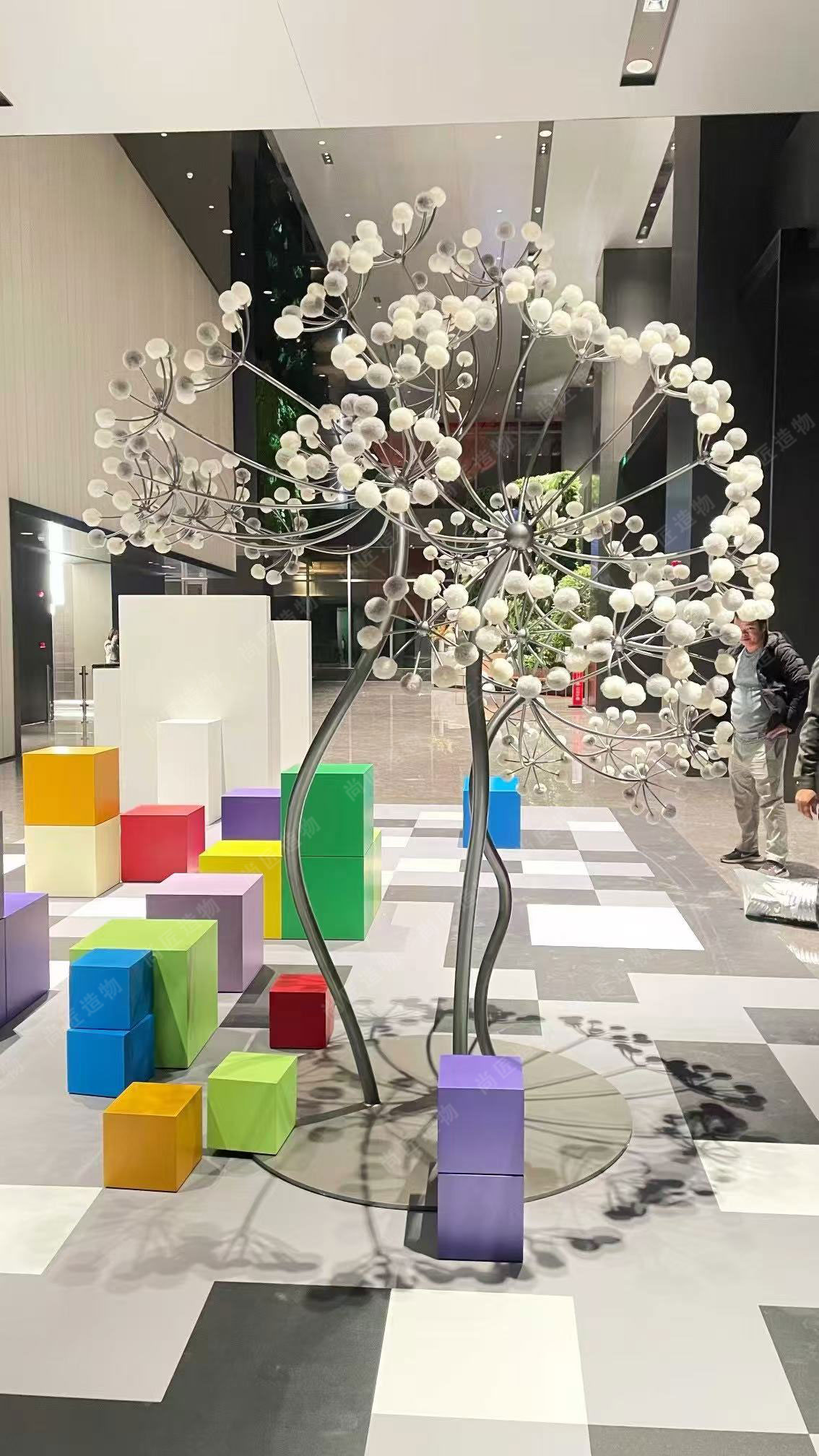
Defining Custom Branded Sculpture Design
Custom branded sculpture design represents the strategic fusion of three-dimensional artistry with corporate or product messaging. These tactile installations translate abstract brand values—such as innovation, heritage, or sustainability—into physical forms through materials ranging from polished metals to organic composites. Unlike traditional signage, these sculptures engage audiences through spatial interaction, often incorporating kinetic elements that respond to environmental factors like light or movement.
The discipline bridges industrial design principles with marketing objectives, requiring collaboration between sculptors, brand strategists, and environmental designers. Scale becomes a critical variable, with installations spanning tabletop pieces for executive suites to architectural interventions in public plazas. A kinetic sculpture might demonstrate a technology company’s dynamic capabilities, while a carved stone monogram could embody a luxury brand’s timeless craftsmanship. This approach transforms passive observation into multisensory brand encounters, establishing physical anchors for corporate narratives in increasingly digital-first consumer landscapes.
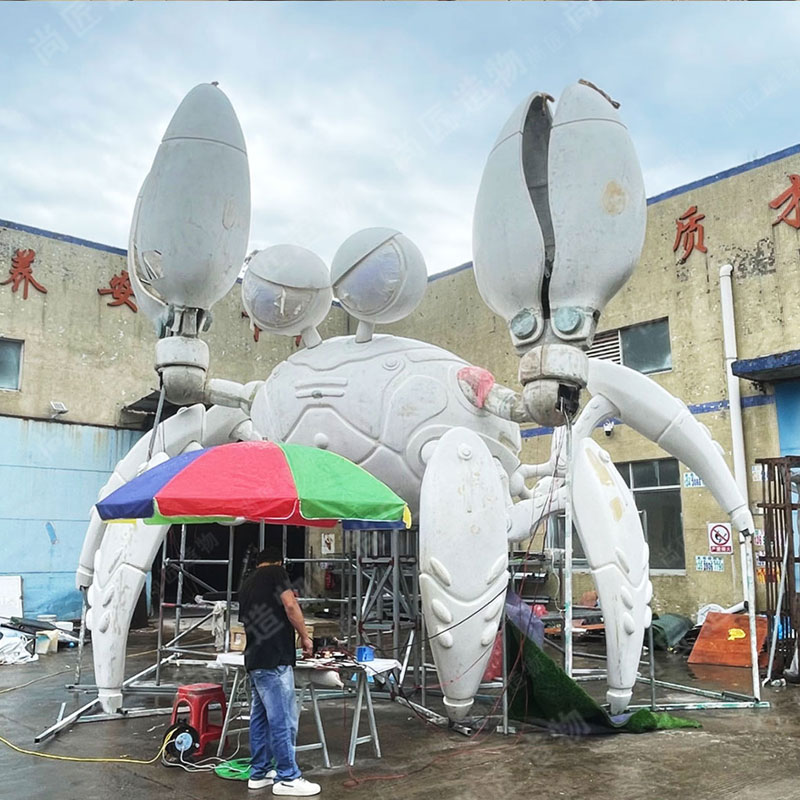
Art Meets Brand Identity in 3D
Custom branded sculpture design redefines how companies express their ethos by translating abstract brand values into tangible, three-dimensional forms. Unlike traditional 2D logos or signage, these sculptures engage multiple senses, merging artistic craftsmanship with strategic messaging. For instance, a luxury watchmaker might commission a kinetic metal sculpture mimicking timepiece gears, while a tech startup could install angular acrylic structures symbolizing innovation. This convergence of art and branding relies on meticulous material selection—bronze for heritage brands, recycled plastics for eco-conscious labels—to align tactile experiences with corporate narratives.
The process often begins with interpreting a brand’s color palette, typography, and mission into spatial compositions. Techniques like laser-cutting enable precision for geometric patterns, while hand-carving preserves organic textures for artisanal brands. A realistic sculpture of a brand mascot, for example, might combine 3D modeling with traditional sculpting methods to balance authenticity and modernity. These installations serve dual purposes: as focal points in lobbies or trade shows, they spark conversations while subtly reinforcing brand recall through form, scale, and materiality. By embedding identity into physical art, businesses transform passive viewers into active participants in their story.
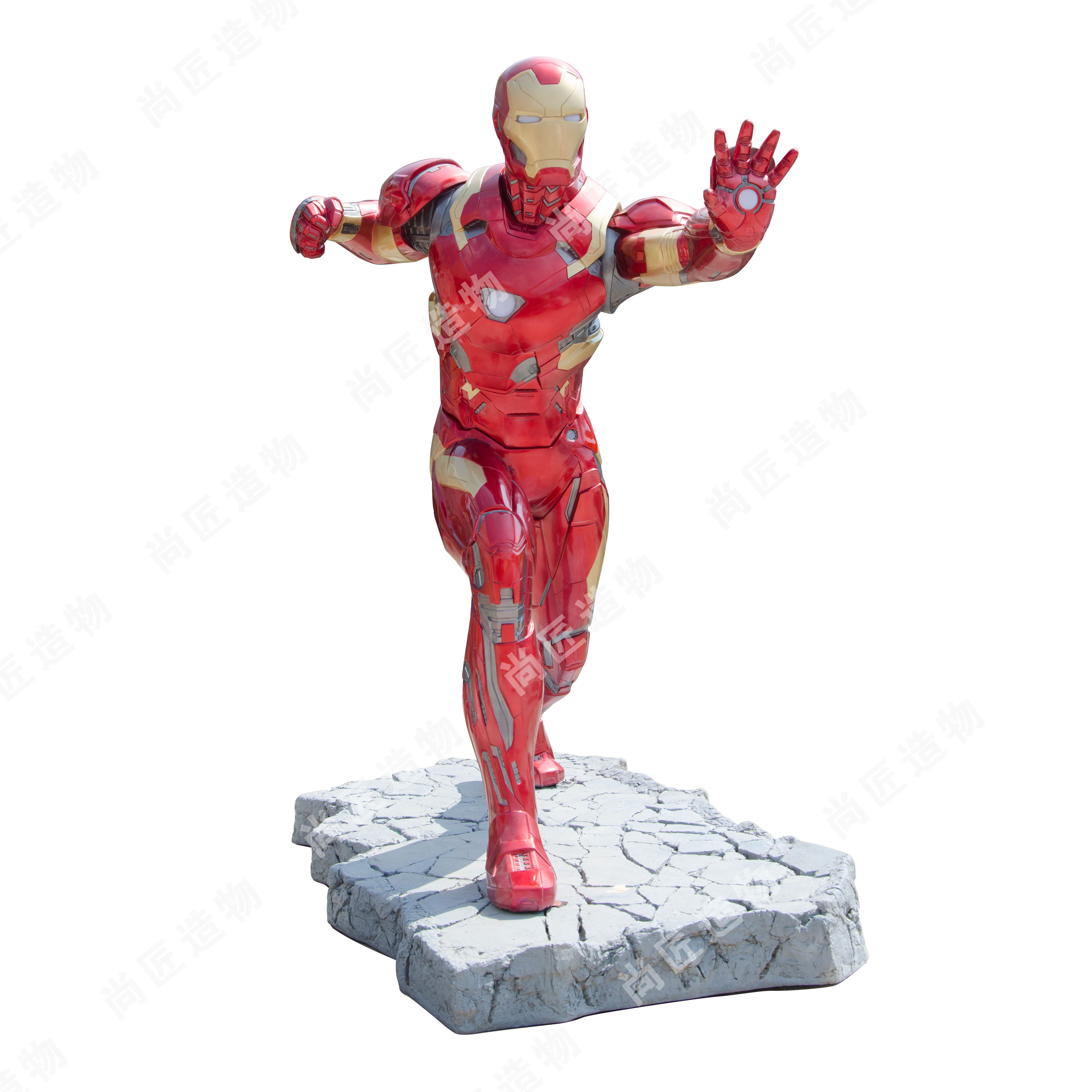
Immersive Storytelling Through Sculptural Art
Unlike traditional branding methods, custom sculptures transform abstract brand narratives into tangible, three-dimensional experiences. By merging spatial design with symbolic forms, these installations engage audiences through tactile interaction and visual depth. A stainless steel sculpture shaped like a cascading data stream, for instance, might represent a tech company’s innovation, while a kinetic glass piece reflecting shifting light could mirror a renewable energy brand’s mission.
The power of sculptural storytelling lies in its ability to bypass passive observation. Visitors physically navigate around installations, discovering layered details—engraved brand values, interactive elements, or material textures—that reinforce core messaging. Hospitality brands often use this approach in lobby centers, where sculptural focal points narrate heritage through carved timelines or cultural motifs. Retailers similarly employ suspended sculptures to guide foot traffic while embedding product themes into artistic forms.
This multisensory engagement creates memorable brand associations, blending aesthetic appeal with strategic communication. Whether through abstract geometries or representational forms, each sculpture becomes a silent ambassador, converting empty spaces into curated environments where stories unfold spatially.
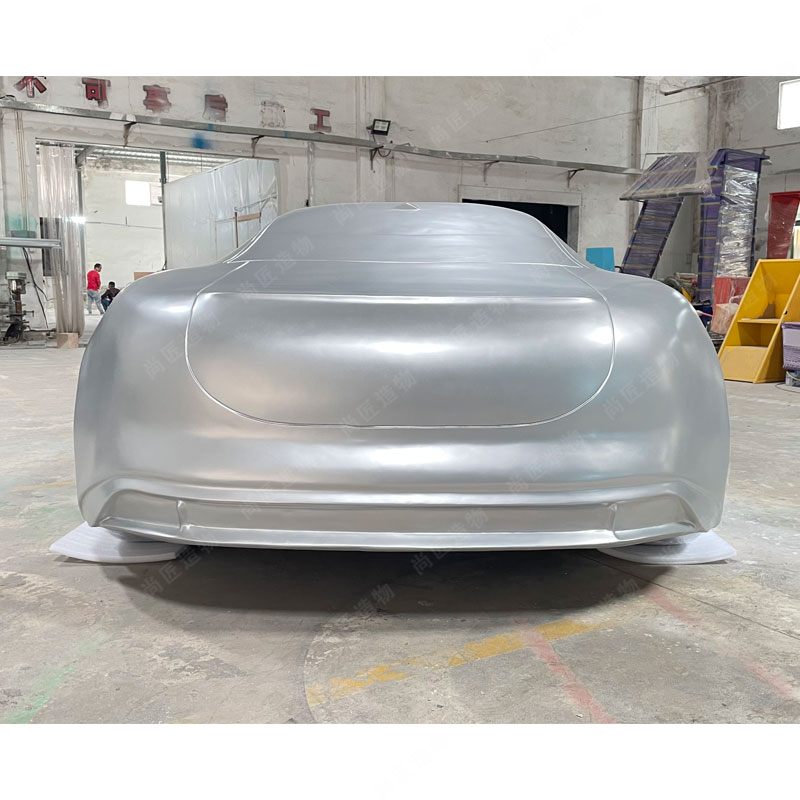
Event Branding with Custom Sculptural Elements
Custom sculptural elements redefine event experiences by translating brand narratives into interactive, three-dimensional forms. Unlike traditional banners or digital displays, these installations engage multiple senses, creating memorable touchpoints that align with a brand’s visual language. For product launches, a laser-cut acrylic sculpture might mimic a fragrance bottle’s contours, while corporate galas could feature illuminated logos carved from sustainable wood. The versatility extends to temporary installations—imagine a champagne tower crafted from branded ice at a holiday party, melting into a signature cocktail as the evening progresses.
Event planners increasingly leverage sculptures to anchor thematic environments. A tech conference might use geometric aluminum structures to echo innovation, while a luxury fashion show could incorporate flowing fabric sculptures dyed in the brand’s signature palette. These pieces serve dual purposes: guiding attendee flow and generating organic social media content through their photogenic appeal. For example, a Cartoon sculpture with exaggerated brand mascot features can spark playful engagement at family-oriented events. By merging artistic craftsmanship with strategic placement, branded sculptures transform venues into cohesive, immersive worlds that linger in memory long after the event concludes.
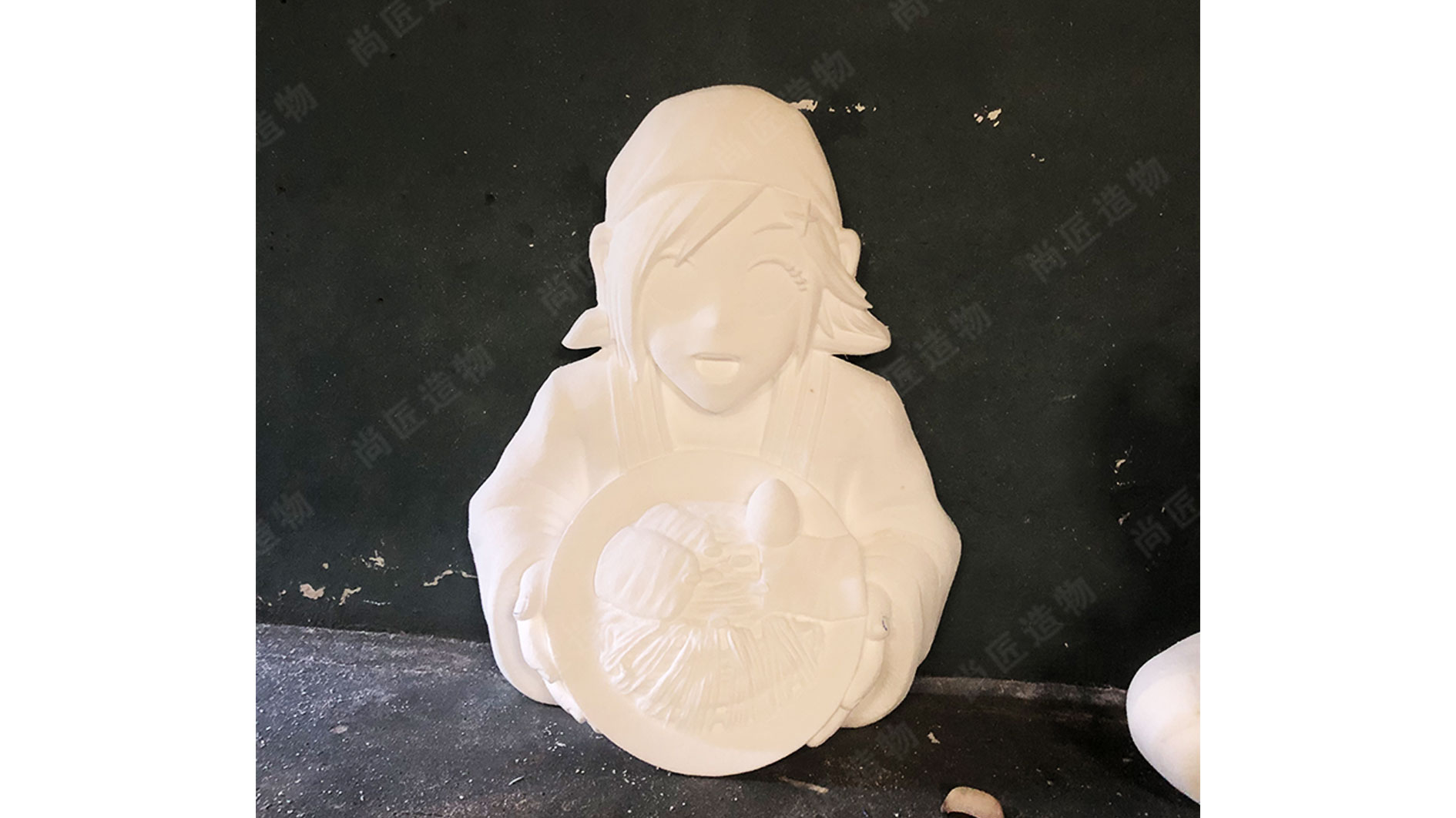
Laser-Cutting vs Hand-Carving Techniques
Modern custom branded sculptures leverage both digital precision and artisanal craftsmanship to achieve distinct visual effects. Laser-cutting technology enables intricate geometric patterns and razor-sharp detailing, ideal for replicating logos or typography with micrometer accuracy. This method excels in materials like acrylic, metal, or laminated wood, producing sleek, repeatable designs suited for corporate installations or event stages requiring uniformity. In contrast, hand-carving introduces organic textures and irregular contours, often preferred for sculptures emphasizing warmth or heritage. Artisans using chisels, gouges, or CNC-assisted tools can shape materials such as limestone, ice, or reclaimed timber, creating tactile surfaces that invite physical interaction—a critical feature for IP character sculptures in themed retail environments.
While laser-cutting ensures speed and scalability for large projects, hand-carving offers unmatched uniqueness, with subtle tool marks becoming part of the brand’s narrative. Hybrid approaches are increasingly common: laser-etched base structures paired with hand-finished elements balance efficiency with artisanal appeal. Material choice often dictates technique—frost-resistant polymers favor laser precision for outdoor installations, whereas hand-carved ice sculptures remain popular for luxury product launches, melting strategically to symbolize impermanence. Both methods require close collaboration between designers and fabricators to align technical constraints with brand messaging, ensuring the final piece resonates as both functional art and marketing asset.
Transforming Retail Spaces via Brand Sculptures
Retail environments increasingly leverage custom branded sculptures to shape memorable customer journeys. Unlike traditional signage, three-dimensional brand installations command attention through tactile engagement, transforming passive observation into interactive experiences. A luxury fashion boutique might anchor its entrance with a polished metal monogram sculpture, reflecting both craftsmanship and brand heritage, while a tech flagship could feature laser-cut acrylic forms mimicking digital interfaces to reinforce innovation narratives.
Strategic placement amplifies impact: suspended ceiling installations guide foot traffic, while countertop micro-sculptures invite closer inspection during checkout rituals. Recent data from retail design studies shows spaces incorporating branded sculptures report 18-27% longer dwell times compared to conventional layouts. For seasonal campaigns, modular designs allow swift transformations—a holiday pop-up might swap abstract metalworks for frost-themed ice resin sculptures, maintaining brand continuity while adapting to thematic needs. Crucially, these installations bridge digital and physical realms, with 64% of shoppers in a 2023 survey recalling sculptural brand elements more vividly than screen-based advertisements. By converting brand values into tangible forms, retailers create spatial storytelling that resonates beyond transactional moments.
From Concept to Creation: Sculpture Design Process
The journey of crafting custom branded sculptures begins with collaborative ideation. Designers work closely with brand teams to translate abstract values—like innovation or heritage—into tangible forms. This phase often involves mood boards, 3D sketches, and material samples to align aesthetics with brand messaging. For instance, a tech company might opt for angular, polished metal shapes to symbolize precision, while a boutique hotel could choose organic wood textures to evoke warmth.
Once concepts solidify, technical blueprints are developed using CAD software or hand-drawn schematics, detailing dimensions and structural requirements. Material selection follows, balancing durability (for permanent installations) with ephemeral qualities (for event-specific pieces like ice sculptures). Prototyping then tests feasibility—laser-cut acrylic may undergo stress simulations, while hand-carved stone requires artisan trials.
The final stage integrates production logistics, such as on-site assembly for large installations or climate-controlled transport for delicate materials. Each step maintains rigorous quality checks to ensure the sculpture’s form, function, and finish embody the brand’s vision without compromise. This structured yet adaptive workflow transforms initial ideas into physical landmarks that command attention and spark dialogue.
Monograms to Ice Bars: Versatile Brand Applications
The adaptability of custom branded sculpture design allows brands to translate their identity across diverse formats, from timeless symbols to ephemeral installations. Monograms carved into wood or cast in metal offer classic elegance for corporate lobbies or luxury retail displays, embedding brand heritage into physical spaces. Meanwhile, temporary applications like laser-cut ice bars at product launches merge innovation with sensory engagement, creating shareable moments that resonate with modern audiences.
Retail environments leverage sculptural wayfinding signs or abstract brand mascots to guide customer journeys while reinforcing visual identity. Event planners increasingly use modular sculptures that rearrange to fit themes—a geometric centerpiece might transform from a conference logo display to an interactive photo backdrop. Even materials tell stories: recycled metals echo sustainability pledges, while translucent resins mirror tech brands’ focus on clarity. This spectrum of applications demonstrates how three-dimensional branding adapts to context, audience, and messaging goals without compromising artistic integrity.
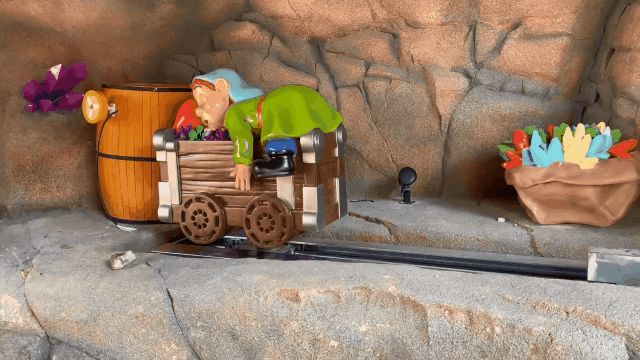
Conclusion
Custom branded sculpture design represents more than aesthetic enhancement—it’s a strategic fusion of artistry and brand identity that leaves lasting impressions. By translating logos, values, and narratives into three-dimensional forms, businesses create tangible connections with audiences, whether through a hand-carved wooden monogram anchoring a corporate lobby or a laser-cut ice bar dazzling guests at a product launch. These installations excel in environments where traditional marketing falls short, offering multisensory engagement that sparks curiosity and fosters emotional recall.
“A sculpture isn’t just an object—it’s a conversation starter. Prioritize durability and scalability; a well-designed branded piece should adapt to multiple venues and withstand repeated interactions.”
As industries increasingly compete for attention in saturated markets, custom sculptures provide a differentiated solution for spatial storytelling. Their versatility spans trade shows, retail displays, and permanent installations, ensuring brands remain memorable long after initial exposure. By balancing technical precision with artistic vision, companies can transform physical spaces into immersive brand ecosystems that resonate across demographics.
FAQs
What defines custom branded sculpture design?
This specialized field combines artistic craftsmanship with brand strategy to create three-dimensional installations that physically embody a company's visual identity, values, or messaging.
How do these sculptures enhance brand experiences?
They transform abstract brand concepts into tactile, interactive pieces that engage multiple senses, making corporate narratives or product stories more memorable in events, retail displays, or office environments.
Are laser-cut sculptures less durable than hand-carved ones?
Material choice impacts longevity more than technique: laser-cutting ensures precision in metals or acrylics for permanent installations, while hand-carving suits organic materials like wood for warmer, textural outcomes.
Can temporary events use branded sculptures effectively?
Yes—ephemeral materials like ice or biodegradable composites allow striking short-term displays, such as melting ice bars at product launches, which create urgency and social media appeal.
What’s the typical timeline for creating a branded sculpture?
Projects range from 3 weeks for simple acrylic designs to 12+ weeks for large-scale installations requiring structural engineering reviews, mold creation, or multi-material assemblies.
Do these designs require ongoing maintenance?
Indoor pieces often need only dusting, while outdoor installations may require UV-resistant coatings or anti-corrosion treatments based on climate conditions and material vulnerabilities.
 ch
ch English
English






